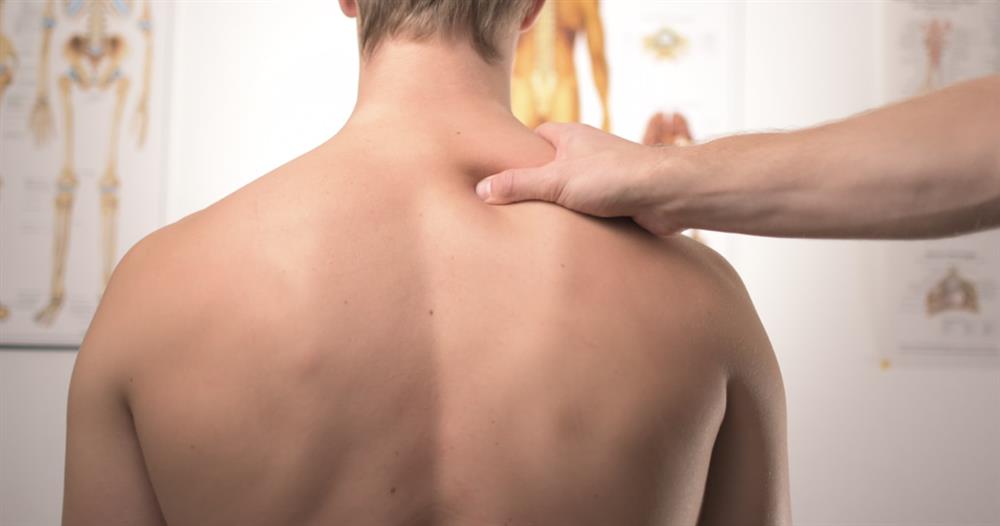
We treat a lot of keloids in our Beverly Hills and Santa Monica plastic surgery offices. Keloids can be disruptive to one’s quality of life because they cause symptoms of pain and discomfort that are unlike normal scars.
For years, we thought of keloids as tumors of the skin, or simply as aggressive scars that grow beyond the margins of the original skin injury. In practice, however, we see keloids that behave quite differently than scars in many ways. Keloid patients often come in because they are symptomatic, complaining of pain, discomfort, itching, burning, and pressure.
While reading some articles on the National Library of Medicine website, an article by R. Ogawa really stood out as being unique in its understanding of keloids. The author cites evidence that keloids aren’t necessarily scars that are growing, but rather, that keloids represent an inflammatory skin disorder that can be managed by addressing inflammation within the skin.
The author writes the following:
“…the reticular layer of keloids and hypertrophic scars contains inflammatory cells, increased numbers of fibroblasts, newly formed blood vessels, and collagen deposits. Moreover, proinflammatory factors, such as interleukin (IL)-1α, IL-1β, IL-6, and tumor necrosis factor-α are upregulated in keloid tissues, which suggests that, in patients with keloids, proinflammatory genes in the skin are sensitive to trauma. This may promote chronic inflammation, which in turn may cause the invasive growth of keloids. In addition, the upregulation of proinflammatory factors in pathological scars suggests that, rather than being skin tumors, keloids and hypertrophic scars are inflammatory disorders of skin, specifically inflammatory disorders of the reticular dermis.”
This inciteful research paper is very unique in its understanding of keloids as a dynamic skin disorder characterized primarily by inflammation.
If you are having problems with keloids on the face or body, our HIDEF keloid protocols at Kare Plastic Surgery can help you address your scars in a meaningful and definitive way. Keloids can be controlled, treated, and maintained to prevent recurrence.
Schedule a consultation today with Dr. Raffy Karamanoukian and Elizabeth Chilian PA-C by calling (310) 998-5533.
Pain, pain, pain. The truth of the matter is that keloids are generally painful and cause a lot of discomfort, which is one of the reasons why keloids are so different than other types of scars.
My keloid doctor explains the difference based on inflammation. The more inflammation in a keloid, the higher the likelihood that the keloid is going to release inflammatory mediators that can incite pain and discomfort within the skin. The goal of treatment is to not only reduce the keloid scar, but more importantly, to reduce the amount of inflammation within the scar so that the symptoms of pain, itching, discomfort, skin sensitivity, and skin dryness can subside as well. It’s also thought that once the inflammation is reduced, the growth of the keloid will also subside.
If you’ve been a fan of my blog for the last few years, you’ll notice that I’m now adding a bit more of the current science behind keloid research. I think its really important to review some of this scientific research so that you can make informed decisions.
An article by R. Ogawa written in the International Journal of Molecular Science confirms that keloids and hypertrophic scars are the result of chronic inflammation in the skin. The author writes the following:
“…the reticular layer of keloids and hypertrophic scars contains inflammatory cells, increased numbers of fibroblasts, newly formed blood vessels, and collagen deposits. Moreover, proinflammatory factors, such as interleukin (IL)-1α, IL-1β, IL-6, and tumor necrosis factor-α are upregulated in keloid tissues, which suggests that, in patients with keloids, proinflammatory genes in the skin are sensitive to trauma. This may promote chronic inflammation, which in turn may cause the invasive growth of keloids. In addition, the upregulation of proinflammatory factors in pathological scars suggests that, rather than being skin tumors, keloids and hypertrophic scars are inflammatory disorders of skin, specifically inflammatory disorders of the reticular dermis.”
I think it’s really important to understand what scientists are sayjng about keloids and hypertrophic scars because for too long they have been treated without a clear understanding of the molecular and cellular reasons why they occur in the first place. By understanding the science, we can definitely put pressure on doctors who treat keloids so that the treatments are more effective and science-based.
The bottom line is that your doctor shouldn’t just treat the keloid as a scar, but moreso as a inflamed piece of skin that is responding to the inflammation by growing, reacting, and causing symptoms.
Keloid and Hypertrophic Scars Are the Result of Chronic Inflammation in the Reticular Dermis. R. Ogawa. Department of Plastic, Reconstructive and Aesthetic Surgery, Nippon Medical School Hospital, Tokyo 113-8603, Japan